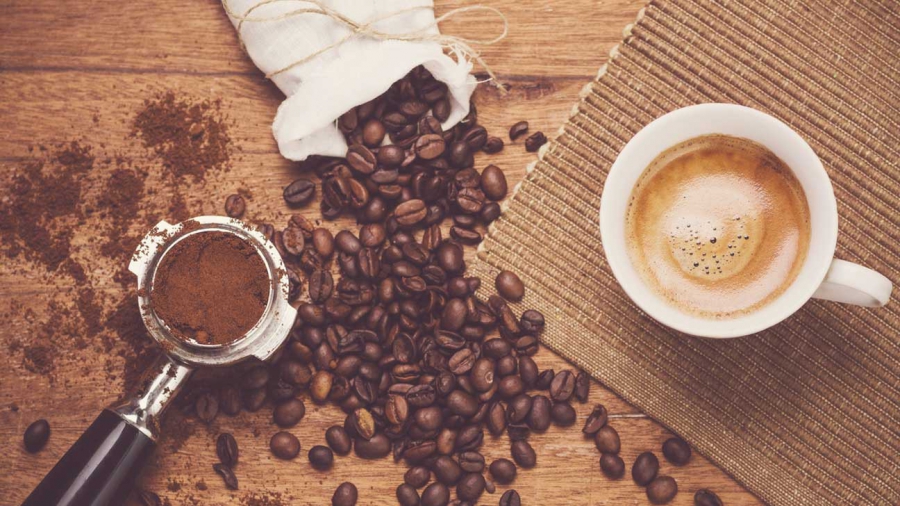Can not replace natural coffee flavor
Roasted coffee beans have more than 700 compounds including 47 volatile groups, creating coffee aroma due to changes in compound structure to form phenols.
When roasted, the aroma of coffee produced includes phenol, guaicol, quinol, methoxy pyrazine, pyridine.
The aroma of coffee so far, although there are many techniques to create coffee aroma, it has not been able to replace the natural aroma of coffee.
Therefore, roasted coffee is still the most popular and popular beverage in the world.
Coffee beans are processed from coffee fruits, mainly two groups of coffee: Arabica (Coffea arabica, tea coffee) such as Catimor strain, the remaining 95% of the planted area is Robusta coffee (Coffea canephora var. robusta, coffee beans). coffee) in Vietnam.

Coffee and tea have more aroma, average caffeine content of 1% dry matter. Coffee with less aroma but stronger taste, average caffeine 1.7 - 2.2% dry matter.
Because coffee contains caffeine, coffee if used less is comfortable and alert, but drinking a lot causes insomnia, stimulates heart rate.
Some identifying characteristics of whole roasted coffee
Coffee and tea with long, oblong beans, length / width ratio = 1.3
And coffee with a short, slightly rounded oblong shape, the ratio of length / width = 1.1.
Coffee beans after processing by separating the shell from the fruit (a normal fruit has 2 semicircular cores, the fruit has a kernel called a caracoli bean or a round bean), separating the glue layer, washing and drying with the moisture of the beans. 12% called green coffee.
Green coffee beans are roasted at 230oC for 11 minutes. The color of the beans changing from jade green (green coffee) to brown is satisfactory. The standard grain color is cockroach brown, if not roasted, the seeds will be lighter in color, if roasted for a long time, the color will be darker.
The seeds turn brown due to sugar changes as the seeds ripen during roasting.
The grain size increases by 1.5 times after roasting and there is a lot of space in the beans. The seeds are ground and passed through a 1.6 mm sieve.
Some characteristics to identify ground coffee
The powder consists of many particles of less than 1.6 mm in size, uniform, discrete, brown in color, and not too fine.
When mixed with hot water, the seeds absorb water and expand.
Sensory evaluation: Brew filter coffee with 95oC water. The amount of powder mixed is 8g for 170 ml of water, filtered to 150 ml, the filtration time is not more than 3 minutes.
Evaluation criteria include: smell, taste, aftertaste and strange flavors such as bitter, sour (musty seeds, wine), wood, grass, and earth.
Good quality coffee is coffee with a mild aroma, strong aroma, strong taste.
Some common additives are added to powdered coffee such as Cichory curly white radish (Cichorium intybus), which when sliced, dried and roasted has a brown color like roasted coffee.
In addition, corn kernels, roasted black beans mixed with coffee powder are also used.
These three types, when roasted, have a brown color but no coffee aroma, no caffeine. After grinding, the grain size is irregular, the powder is finer, and the color is usually blacker.
To create a lot of brown cockroach wings, you can use sugar to add color. These additives reduce the quality of coffee and affect consumers' health.